Ugly: An Alternative Look at Western Art
Teaching Gallery
For many people, the history of Western art exists as an imagined litany of beautiful artworks, a chronology of idealized figures and finished objects. Featuring a selection of paintings, prints, photographs, and sculpture that depict or embody the ugly, the plain, the vulgar, or the grotesque, this exhibition asks us to reconsider those assumptions.
Most simply, ugliness has been conceived as the inverse of beauty, but there has always been more at stake than mere aesthetic preference. Throughout history those notions have been imbued with moral values: beauty most frequently is equated with ideals of goodness, truth, and order, while the mundane, the irrational, the evil, the deformed, and the excessive are relegated to the realm of ugliness. Over time, just as moral values have shifted, both the appearance and usefulness of ugliness have taken on different meanings and different roles, often in surprisingly powerful ways.
As contemporary viewers, we may not find everything in this exhibition to be ugly, but we might find it useful to ask ourselves how notions of beauty and ugliness shape our impressions of works of art, and how these artworks might challenge or support these assumptions.
This Teaching Gallery exhibition is curated by Elissa Weichbrodt, PhD, in conjunction with the course "History of Western Art, Architecture & Design," offered by the Department of Art History & Archaeology in Washington University's School of Arts & Sciences in summer 2013.
Download the Teaching Gallery flyer
Selected works
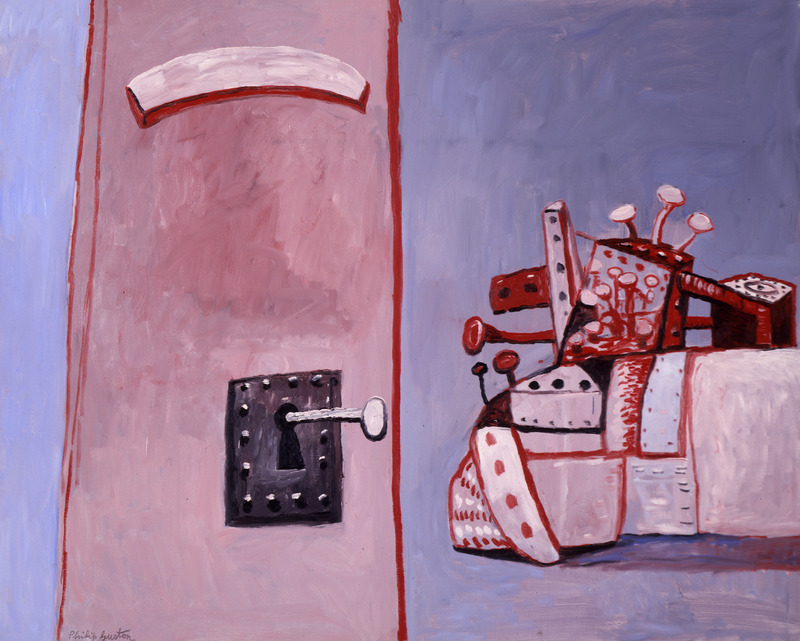
Philip Guston
The Patient
1979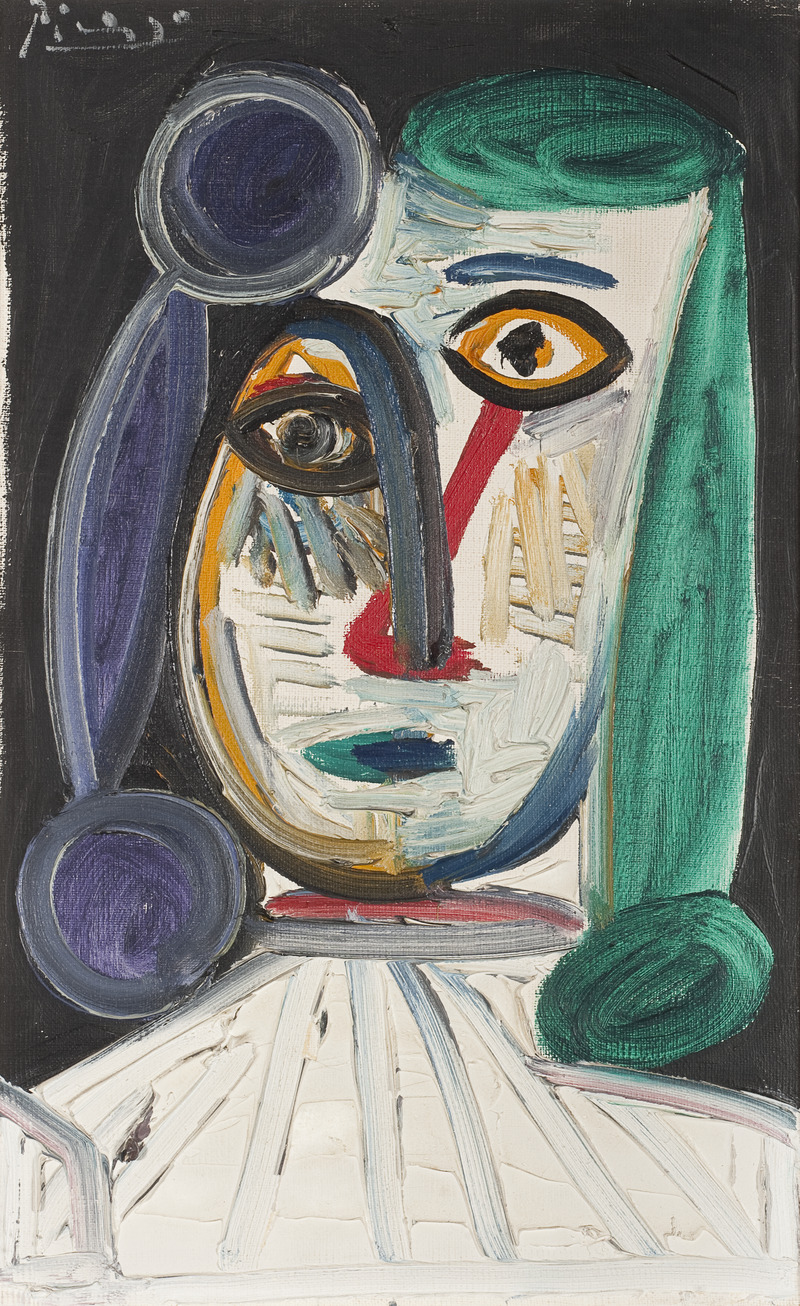
Pablo Picasso
Tête de femme (Head of a Woman)
1944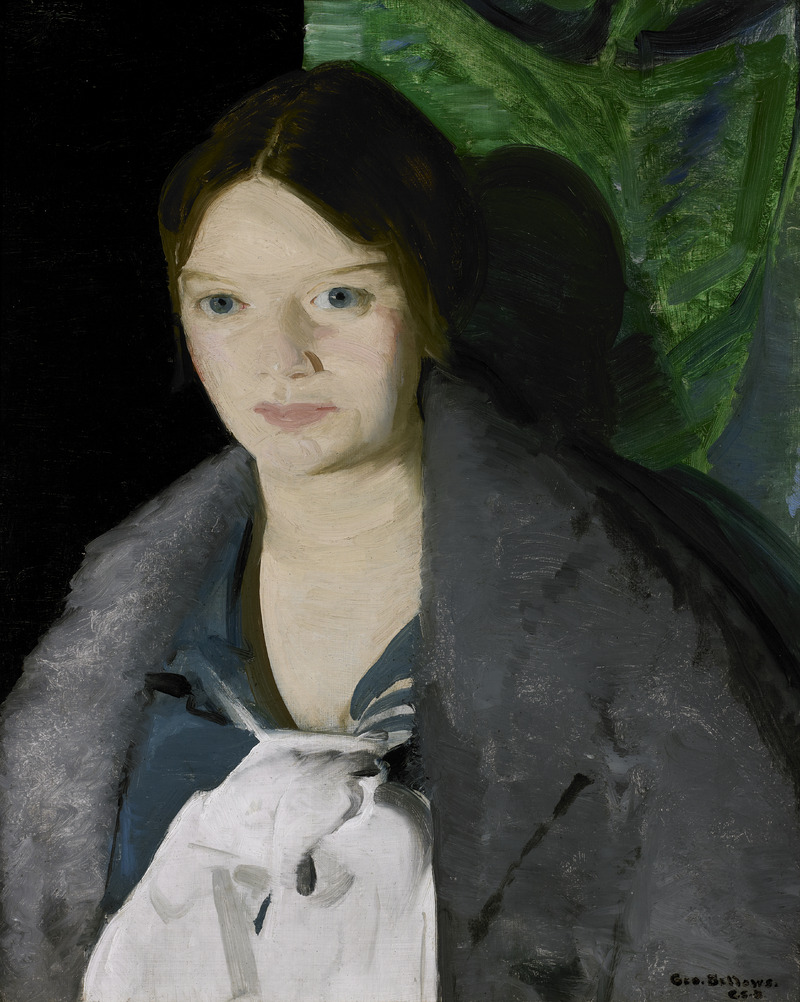
George Wesley Bellows
Portrait of Geraldine Lee, No. 1
1914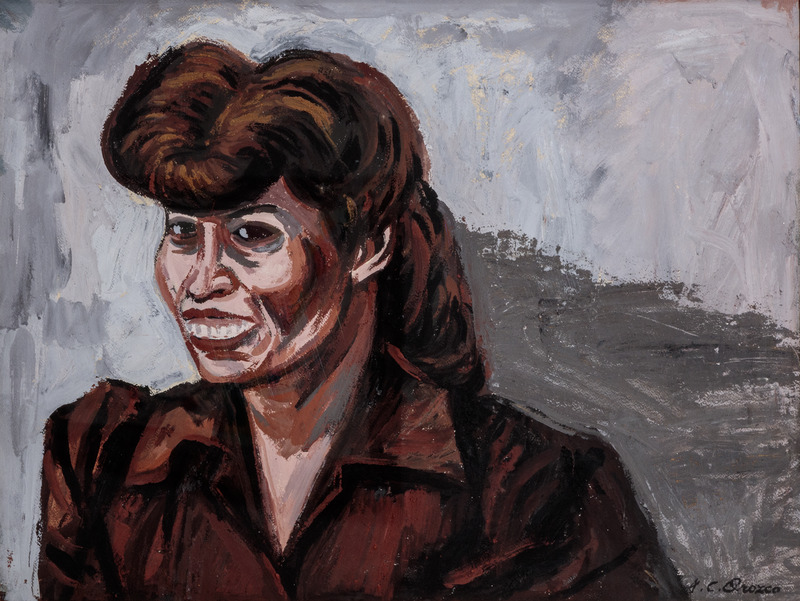
José Clemente Orozco
One Woman
c. 1945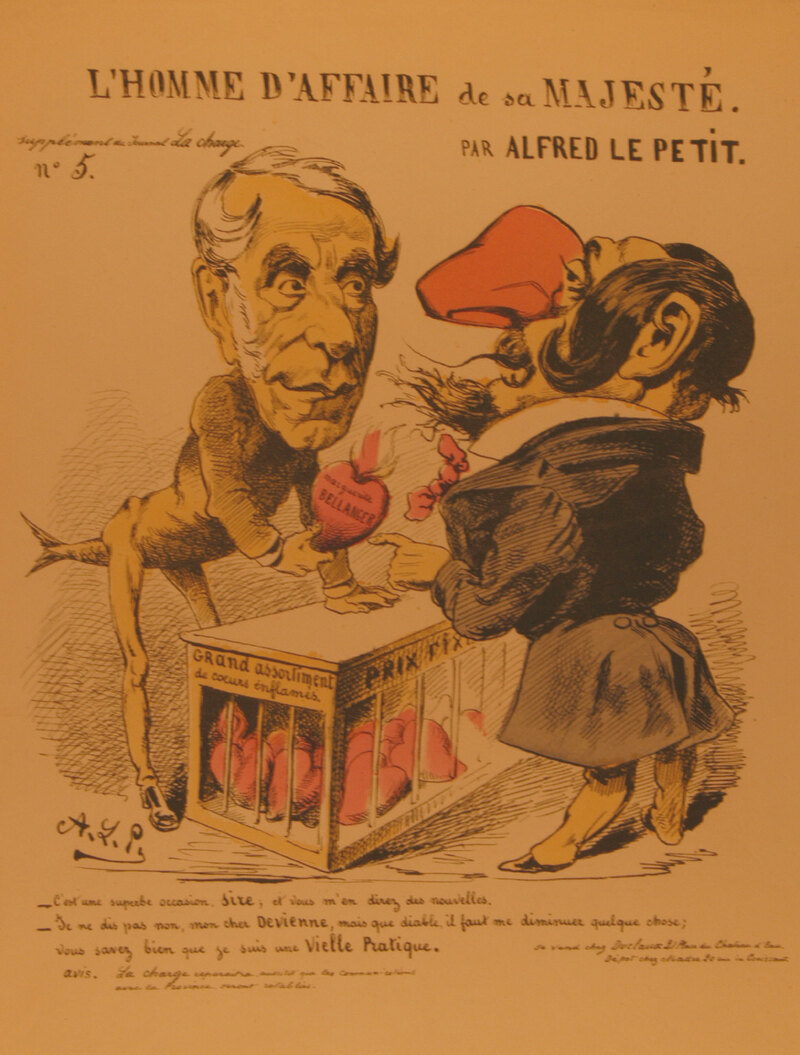
Alfred Le Petit
L’homme d’affaire de sa Majesté (His Majesty’s Businessman), from La Charge
n.d.
El Greco
The Resurrection
c. 1600–5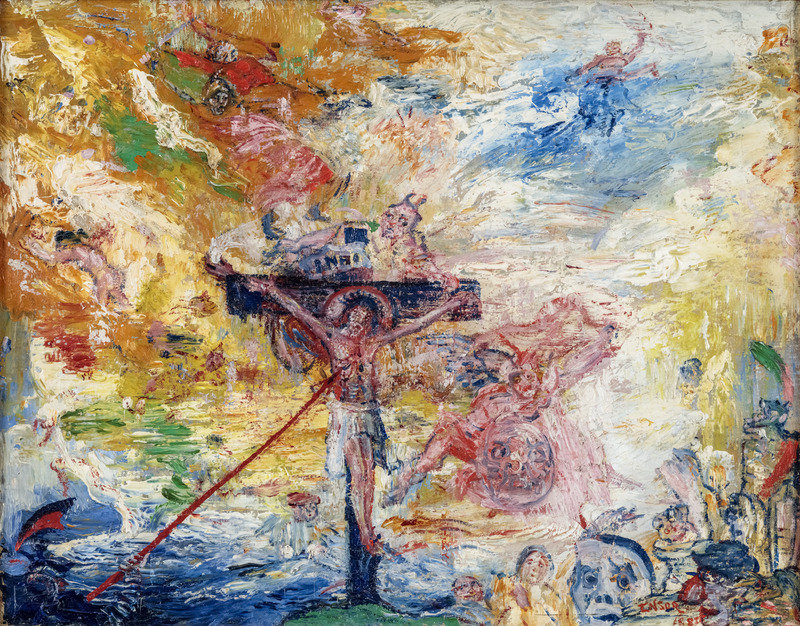
James Ensor
Le Christ tourmenté (Christ Tormented)
1888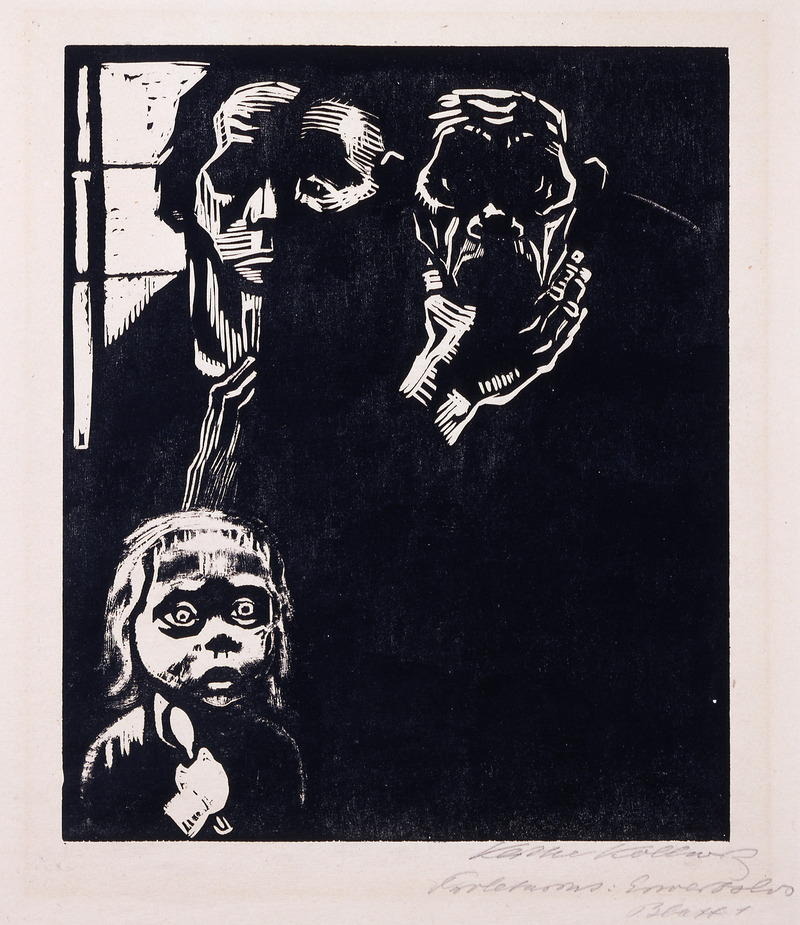
Käthe Kollwitz
Erwerbslos (Unemployed)
1925
Paul Gauguin
Te Atua (The Gods)
1899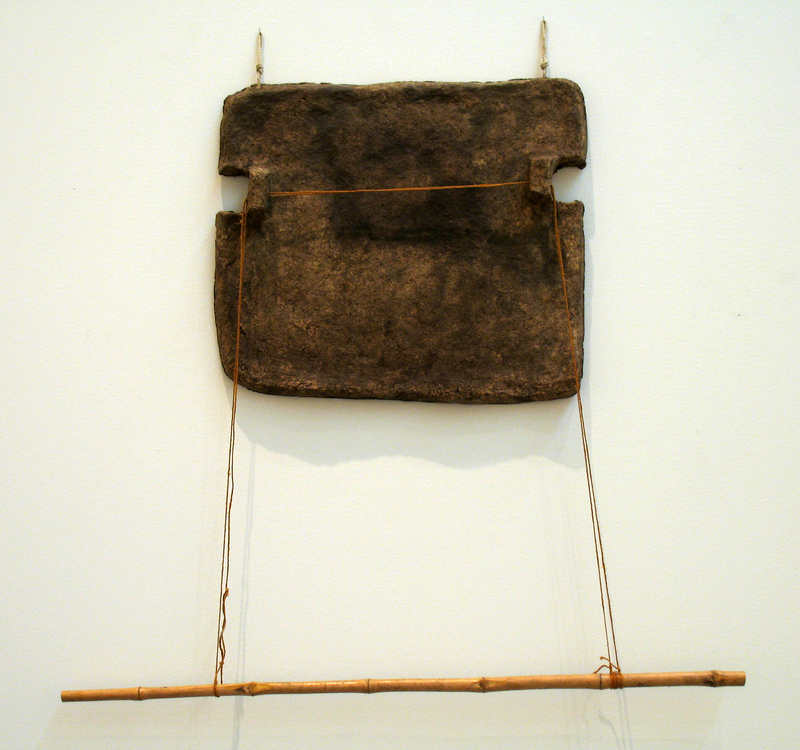
Robert Rauschenberg
Ally, from the series Bones and Unions
1975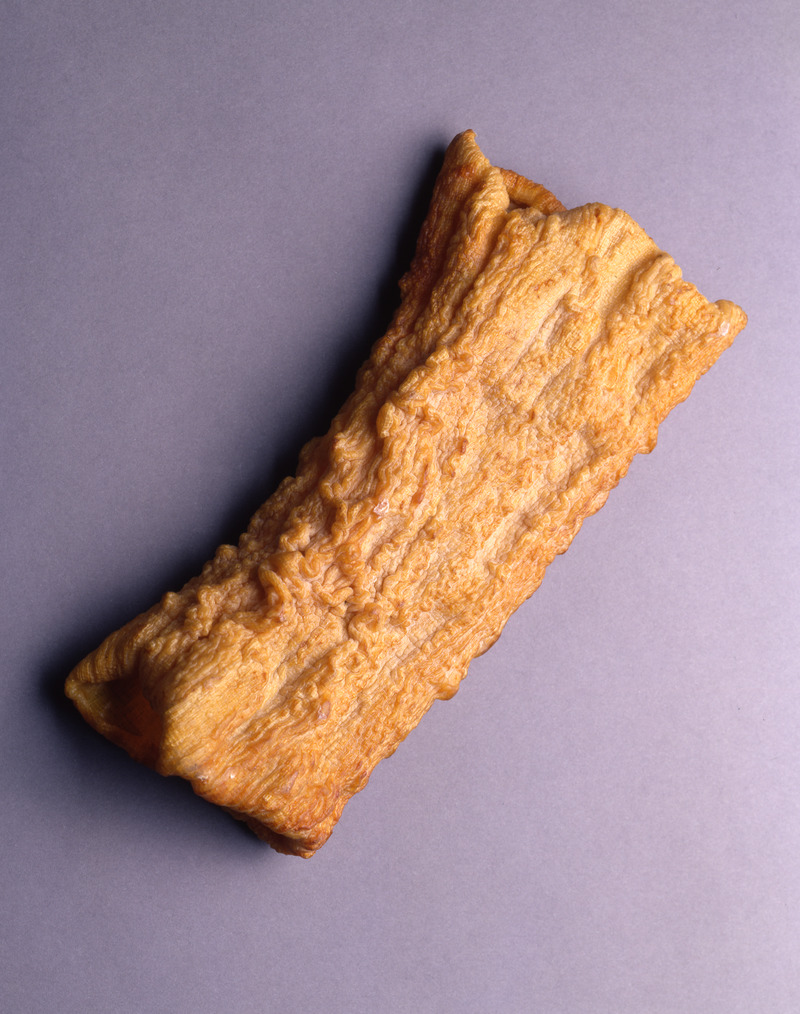
Eva Hesse
Enclosed, from the set 7 Objects/69
1969
Lotoskreuzmaler
Pyxis
575–565 BC
Unknown (Greek)
Mask of a Satyr's Face
1st century BC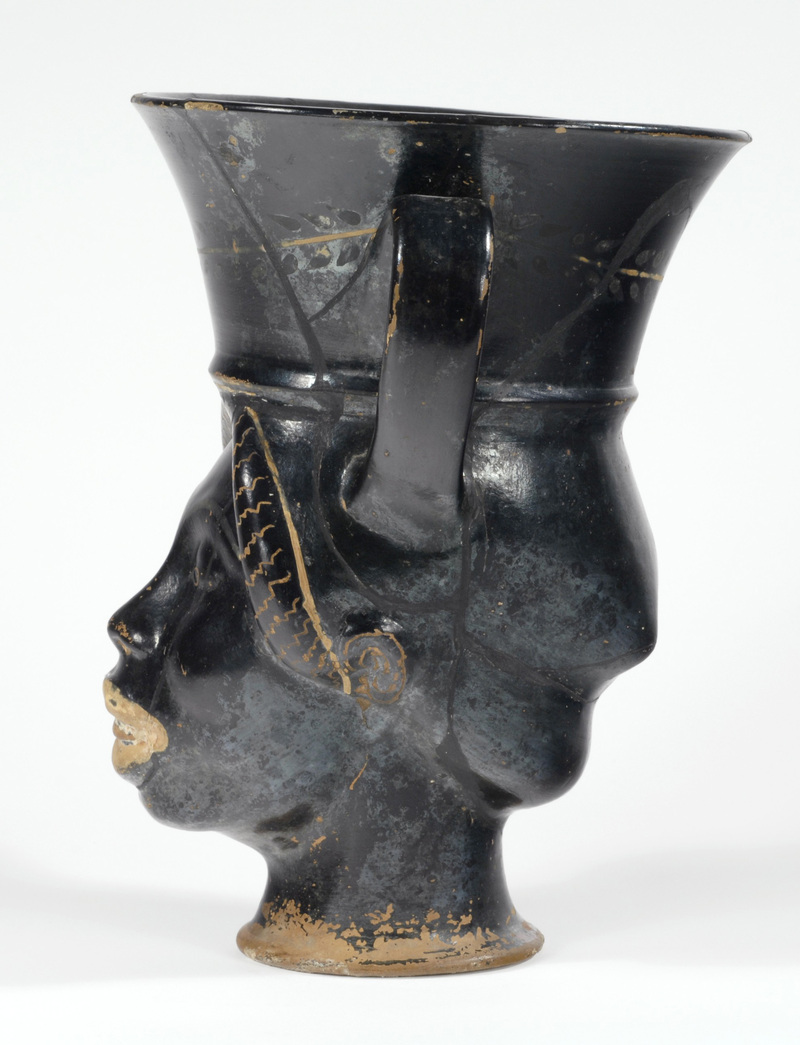
Unknown (Greek, Attic)
Kantharos
500–490 BC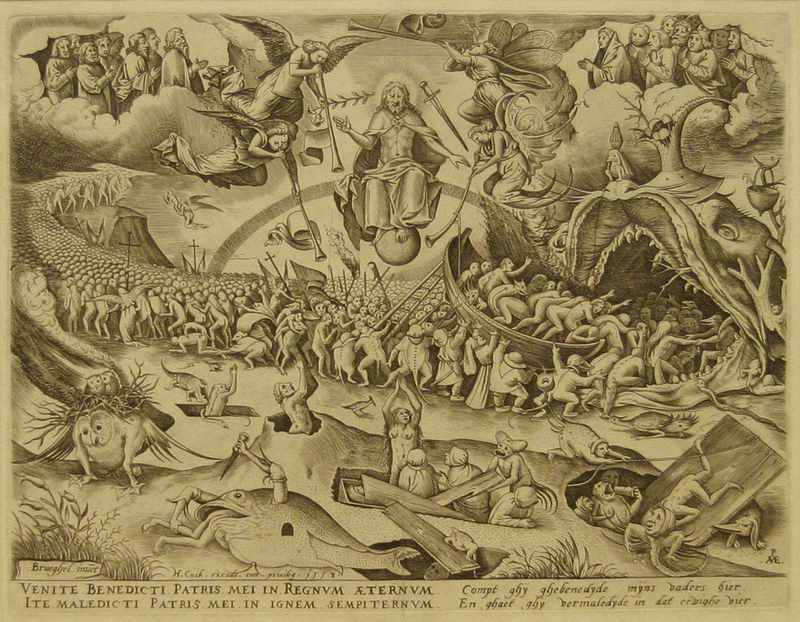
Pieter van der Heyden
The Last Judgment
1558
Edgar Degas
Torso (Woman Getting out of a Bath)
c. 1896–1911, cast c. 1919–21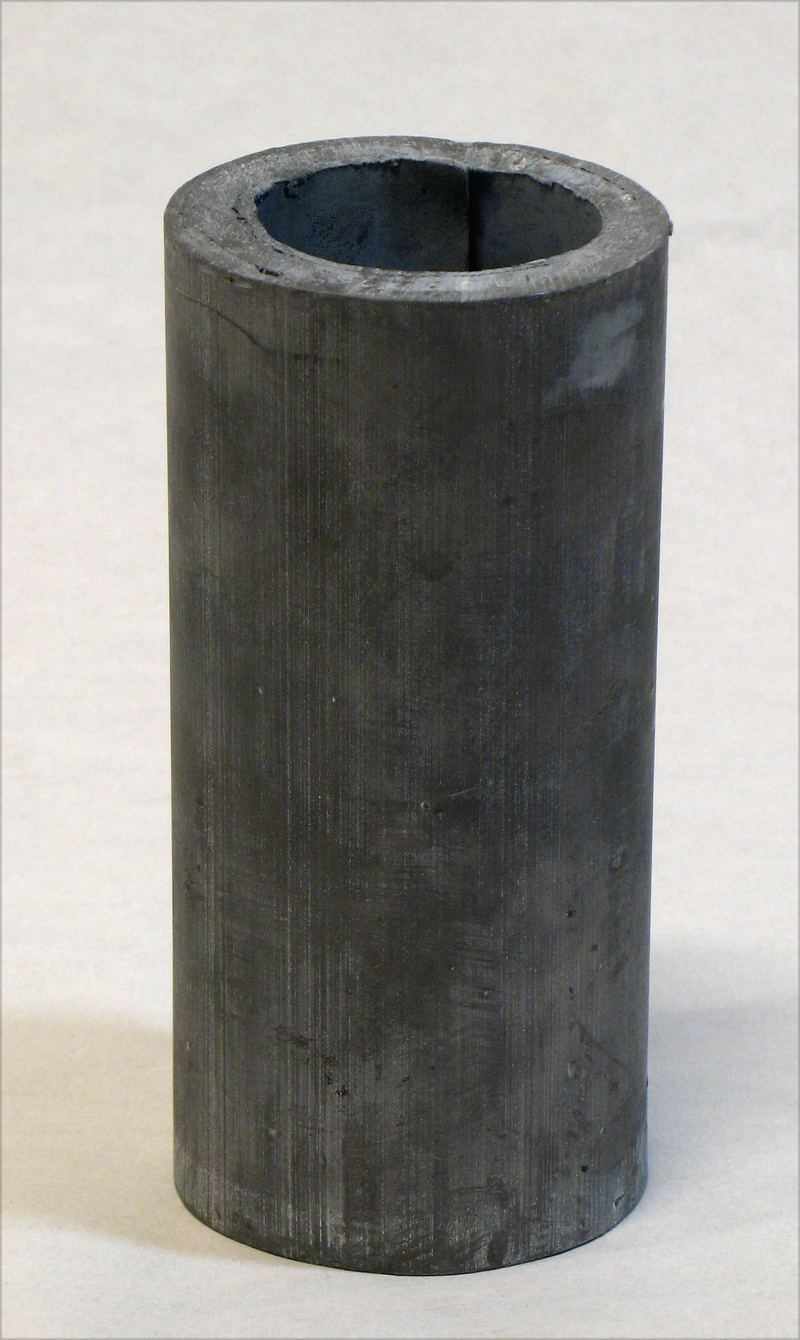
Richard Serra
Rolled, Encased & Sawed, from the set 7 Objects/69
1969Teaching Gallery
The Teaching Gallery is a space in the Kemper Art Museum dedicated to presenting works from the Museum's collection with direct connections to Washington University courses. Teaching Gallery installations are intended to serve as parallel classrooms and can be used to supplement courses through object-based inquiry, research, and learning. Learn more